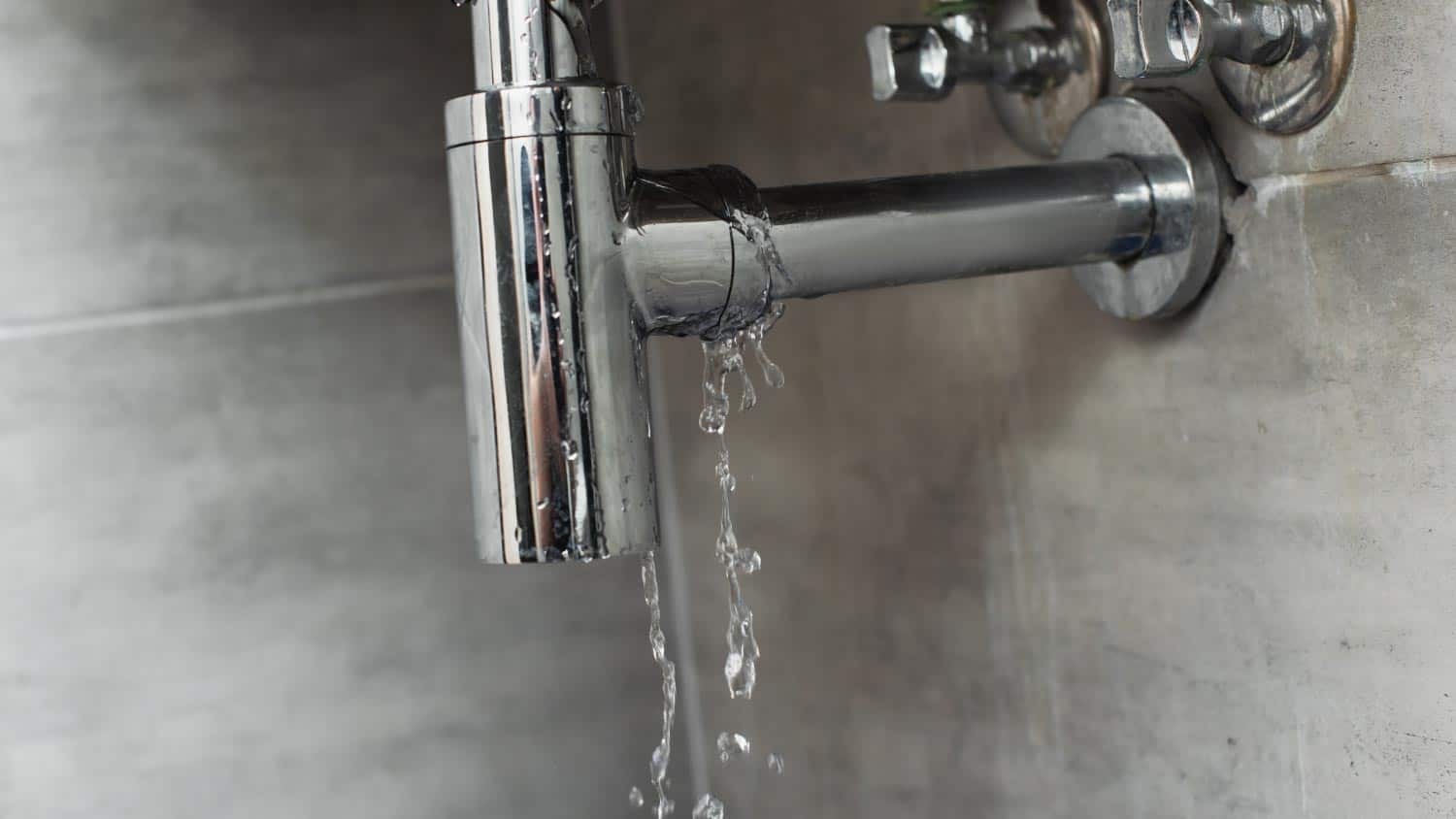This post below about Leaking water lines is quite informative. Give it a try and make your own assumptions.

Early discovery of dripping water lines can alleviate a possible disaster. Some small water leakages might not be visible.
1. Take A Look At the Water Meter
Every house has a water meter. Inspecting it is a surefire way that helps you discover leaks. For starters, shut off all the water sources. Guarantee nobody will purge, use the faucet, shower, run the cleaning machine or dishwashing machine. From there, go to the meter and also watch if it will certainly alter. Since no person is using it, there must be no movements. If it moves, that suggests a fast-moving leak. If you spot no modifications, wait a hr or two as well as inspect back again. This suggests you might have a sluggish leak that might even be below ground.
2. Examine Water Consumption
Assess your water costs as well as track your water usage. As the one paying it, you should discover if there are any discrepancies. If you detect sudden changes, in spite of your consumption coinciding, it implies that you have leaks in your plumbing system. Bear in mind, your water expense should fall under the very same array monthly. An unexpected spike in your bill shows a fast-moving leak.
On the other hand, a constant increase each month, even with the exact same behaviors, reveals you have a slow leakage that's additionally slowly intensifying. Call a plumber to completely examine your property, specifically if you feel a warm area on your flooring with piping underneath.
3. Do a Food Coloring Examination
When it comes to water usage, 30% comes from commodes. If the shade somehow infiltrates your bowl during that time without flushing, there's a leak in between the storage tank and also bowl.
4. Asses Exterior Lines
Do not forget to check your outdoor water lines too. Ought to water permeate out of the link, you have a loosened rubber gasket. One tiny leak can waste heaps of water and also increase your water costs.
5. Analyze the situation and inspect
Homeowners ought to make it a routine to check under the sink counters and also inside closets for any kind of bad odor or mold and mildew development. These 2 red flags indicate a leak so prompt focus is called for. Doing routine inspections, also bi-annually, can save you from a significant problem.
Check for discolorations as well as weakening as many pipelines as well as appliances have a life expectations. If you think leaking water lines in your plumbing system, don't wait for it to escalate.
Early detection of dripping water lines can reduce a potential catastrophe. Some small water leakages might not be visible. Checking it is a proven means that assists you discover leaks. One little leakage can waste bunches of water and increase your water costs.
If you presume dripping water lines in your plumbing system, don't wait for it to rise.
WARNING SIGNS OF WATER LEAKAGE BEHIND THE WALL
PERSISTENT MUSTY ODORS
As water slowly drips from a leaky pipe inside the wall, flooring and sheetrock stay damp and develop an odor similar to wet cardboard. It generates a musty smell that can help you find hidden leaks.
MOLD IN UNUSUAL AREAS
Mold usually grows in wet areas like kitchens, baths and laundry rooms. If you spot the stuff on walls or baseboards in other rooms of the house, it’s a good indicator of undetected water leaks.
STAINS THAT GROW
When mold thrives around a leaky pipe, it sometimes takes hold on the inside surface of the affected wall. A growing stain on otherwise clean sheetrock is often your sign of a hidden plumbing problem.
PEELING OR BUBBLING WALLPAPER / PAINT
This clue is easy to miss in rooms that don’t get much use. When you see wallpaper separating along seams or paint bubbling or flaking off the wall, blame sheetrock that stays wet because of an undetected leak.
BUCKLED CEILINGS AND STAINED FLOORS
If ceilings or floors in bathrooms, kitchens or laundry areas develop structural problems, don’t rule out constant damp inside the walls. Wet sheetrock can affect adjacent framing, flooring and ceilings.
https://www.servicemasterbyzaba.com/blog/how-to-detect-water-leakage-in-walls/

I discovered that write up on Detecting hidden plumbing leaks when exploring the internet. So long as you liked our article if you please don't forget to pass it around. I am grateful for your time. Come back soon.
Services